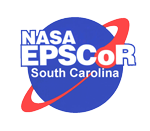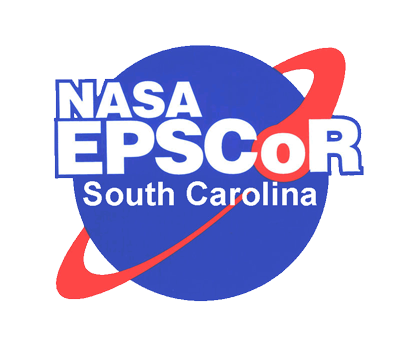I. NASA Mission Directorates
NASA’s Mission to pioneer the future in space exploration, scientific discovery, and aeronautics research, draws support from four Mission Directorates, each with a specific responsibility.
Aeronautics Research Mission Directorate (ARMD): Research conducted by ARMD directly benefits today’s air transportation system, the aviation industry, and the passengers and businesses who rely on aviation every day. ARMD scientists, engineers, programmers, test pilots, facilities managers and strategic planners are focused on aviation’s future. They design, develop and test advanced technologies that will make aviation much more environmentally friendly, maintain safety in more crowded skies, and ultimately transform the way we fly. NASA’s aeronautics research is primarily conducted at four NASA centers: Ames Research Center and Armstrong Flight Research Center in California, Glenn Research Center in Ohio, and Langley Research Center in Virginia (https://www.nasa.gov/aeroresearch)
The Science Mission Directorate (SMD) leads the Agency in four areas of research: Earth
Science, Heliophysics, Planetary Science, and Astrophysics. NASA’s Science Mission Directorate (SMD) and the nation’s science community use space observatories to conduct scientific studies of the Earth from space to visit and return samples from other bodies in the solar system, and to peer out into our Galaxy and beyond. NASA’s science program seeks answers to profound questions that touch us all:
- How and why are Earth’s climate and the environment changing?
- How and why does the Sun vary and affect Earth and the rest of the solar system?
- How do planets and life originate?
- How does the universe work, and what are its origin and destiny?
- Are we alone?
https://science.nasa.gov/
- The Human Exploration and Operations (HEO) The Human Exploration and Operations (HEO) Mission Directorate provides the Agency with leadership and management of NASA space operations related to human exploration in and beyond low-Earth orbit. HEO also oversees low-level requirements development, policy, and programmatic oversight. The International Space Station, currently orbiting the Earth with a crew of six, represents the NASA exploration activities in low-Earth orbit.Exploration activities beyond low Earth orbit include the management of Commercial Space Transportation, Exploration Systems Development, Human Space Flight Capabilities, Advanced Exploration Systems, and Space Life and Physical Sciences Research & Applications. https:/www.nasa.gov/directorates/heo/index.html
- Space Technology Mission Directorate (STMD). STMD rapidly develops, demonstrates, and infuses revolutionary, high-payoff technologies through transparent, collaborative partnerships, expanding the boundaries of the aerospace enterprise. STMD employs a merit-based competition model with a portfolio approach, spanning a range of discipline areas and technology readiness levels. By investing in bold, broadly applicable, disruptive technology that industry cannot tackle today, STMD seeks to mature the technology required for NASA’s future missions in science and exploration while proving the capabilities and lowering the cost for other government agencies and commercial space activities.
( http://www.nasa.gov/directorates/heo/home/index.html)
Please visit each NASA organization website to find detailed information about current projects and current areas of interest
II NASA Research Areas of Interest
NASA research priorities are defined by the Mission Directorates—Aeronautics Research, Science, Human Exploration and Operations, and Space Technology. Each Mission Directorate covers a major area of the Agency’s research and technology development efforts.
Research priorities for each of the Mission Directorates can be found at the following locations:
Aeronautics Research Mission Directorate (ARMD)
Researchers responding to the ARMD should propose research that is aligned with one or more of the ARMD programs. Proposers are directed to the following:
- ARMD Programs: https://www.nasa.gov/aeroresearch/programs
Science Mission Directorate (SMD)
Detailed information on SMD research priorities is available at the following URLs:
- NASA Science Strategy: https://science.nasa.gov/about-us/science-strategy
- Web pages for scientists and engineers who plan to propose or have submitted a proposal to a research solicitation from the Science Mission Directorate. https://science.nasa.gov/researchers
- Funding Opportunities: Grant Solicitations https://science.nasa.gov/researchers/sara/grant-solicitations
Human Exploration and Operations (HEO) Mission Directorate
For information on HEO programs, please go to http://www.nasa.gov/directorates/heo/home/index.html and click on programs
Space Technology Mission Directorate (STMD)
For the Space Technology programs, please go to
https://www.nasa.gov/directorates/spacetech/home/index.html and click on STMD Programs.
NASA’s Technology Transfer Program
To search the online database of NASA-developed technologies in the public domain, visit: http://technology.nasa.gov/publicdomain

